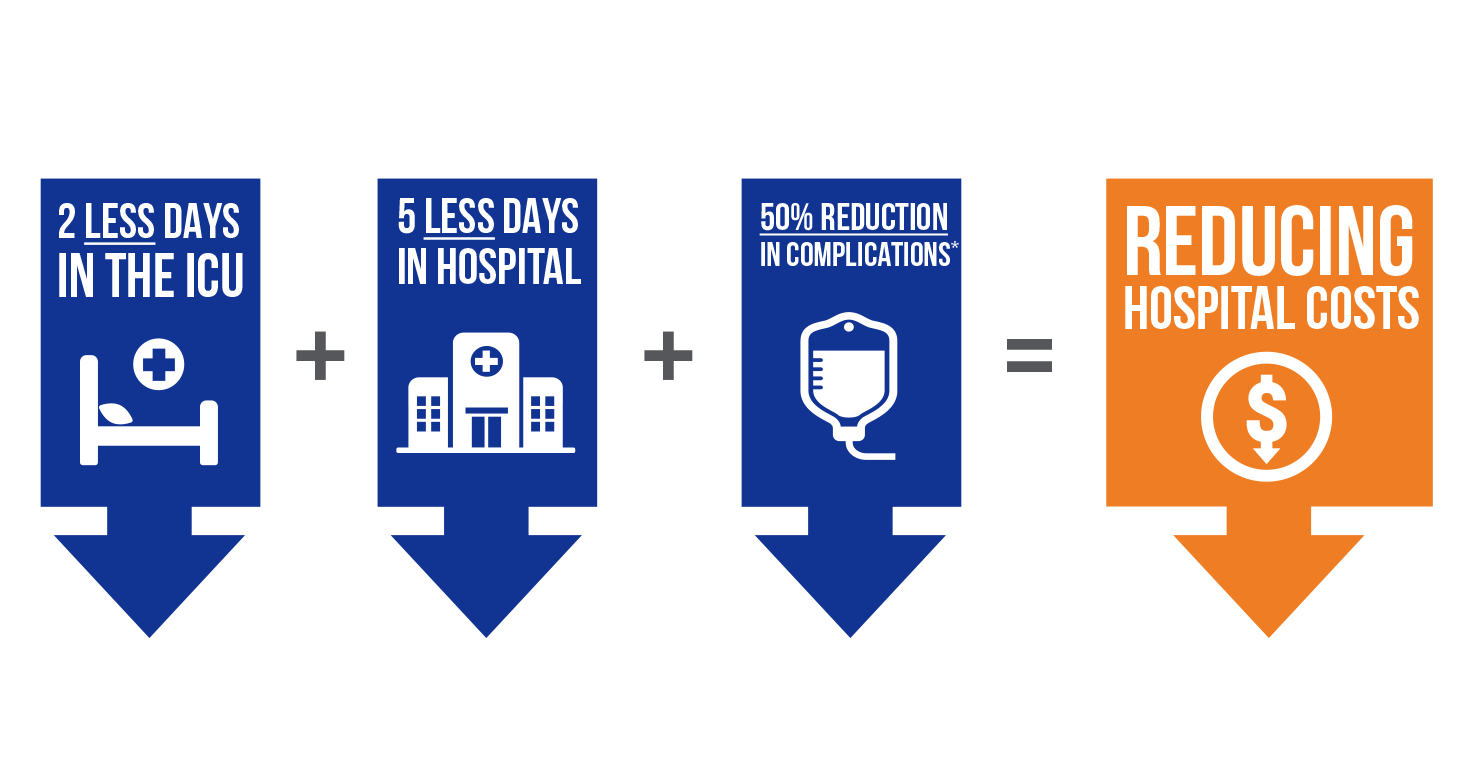HEMOPATCH

Fast and Effective Sealing and Hemostasis
92% of surgeons rated HEMOPATCH as highly satisfactory for its ease of use, handling, flexibility/pliability and tissue adherence characteristics in open and laparoscopic procedures. Successful hemostasis after two minutes of approximation occurred in 93% of patients.1,2
Mechanism of Action
When you apply HEMOPATCH Sealing Hemostat directly to moist tissue, two processes combine to seal the surface and induce hemostasis.2
Additional Product Benefits
Strong adherence to the tissue surface
HEMOPATCH rapidly adheres to applied tissue due to the electrophilic cross-linking action of NHS-PEG. The patch provides mechanical structure to support friable tissue.2
Designed for utmost flexibility
Soft, thin and flexible collagen pad allows easy handling and preparation for MIS applications. No preparation or pre-moistening required.1,2
Reduce post-operative complications
HEMOPATCH may decrease post-operative pancreatic fistulas, CSF leakage, and the number of transfusions and revisions in cardiac surgery as compared to the standard of care. Reducing these post-operative complications results in substantial cost savings.3,4,5
Intended Use: HEMOPATCH is an absorbable collagen pad intended for sealing and hemostasis.
Indication: HEMOPATCH is indicated as a hemostatic device and surgical sealant for procedures in which control of bleeding or leakage of other body fluids or air by conventional surgical techniques is either ineffective or impractical. HEMOPATCH may be used to close dural defects following traumatic injury, excision, retraction or shrinkage of the dura mater.
Contraindications: Do not compress HEMOPATCH into blood vessels or use intravascularly. The device must not be used in patients with known hypersensitivity to bovine proteins or brilliant blue (FD&C Blue No. 1 [Blue 1]).
Precautions: Do not apply on a dry tissue surface or lesion. NHS-PEG only forms an adhering hydrogel when in contact with wound fluid such as blood or lymphatic. In the absence of such wound fluids, sodium bicarbonate solution (concentration between 4.2% to 8.4%) can be used to moisten the tissue prior to application of HEMOPATCH.
Warnings: HEMOPATCH is not intended to be used in pulsatile, severe bleedings. The use of HEMOPATCH is not recommended in the presence of an active infection. When used in, around, or in proximity to foramina in bone, areas of bony confine, the spinal cord, the brain and/or cranial nerves, care should be exercised to avoid overpacking (collagens may expand upon absorption of liquid), creating the potential for neural damage. HEMOPATCH is not intended as a substitute for meticulous surgical technique and the proper application of ligatures or other conventional procedures for hemostasis and sealing.
CE 0123
